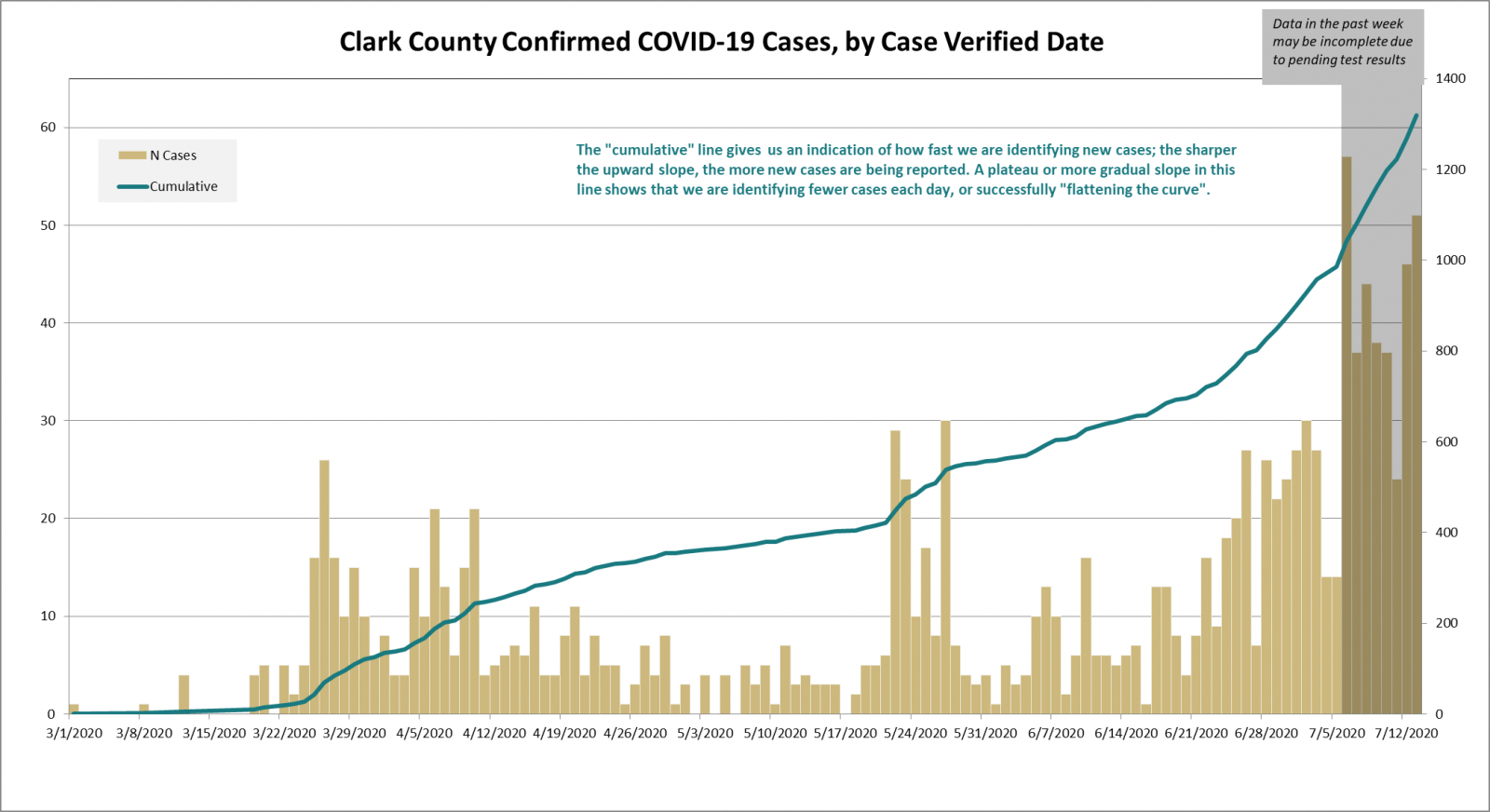
Taken together, testing in higher-income neighborhoods is six times greater than it is in poorer neighborhoods.
#Us covid deaths by race zip
In Zip Codes with a higher number of unemployed and uninsured residents, there were fewer tests. In Philadelphia, a scientist at Drexel University found that, in Zip Codes with a “lower proportion of minorities and higher incomes,” a higher number of tests were administered. COVID-19 testing remains maddeningly inconsistent and unavailable, with access breaking down along the predictable lines. The mounting carnage in Trump’s America did not have to happen to the extent that it has. But it is also important to acknowledge that black vulnerability is especially heightened by the continued ineptitude of the federal government in response to the coronavirus. It is easy to simply point to the prevalence of these health conditions among African-Americans as the most important explanation for their rising death rates. Such health disparities are as much markers of racial inequality as mass incarceration or housing discrimination. These factors explain why African-Americans are sixty per cent more likely to have been diagnosed with diabetes than white Americans, and why black women are sixty per cent more likely to have high blood pressure than white women. Black people are poorer, more likely to be underemployed, condemned to substandard housing, and given inferior health care because of their race. Racism in the shadow of American slavery has diminished almost all of the life chances of African-Americans. These conditions-diabetes, asthma, heart disease, and obesity-are critical factors, and they point to the persistence of racial discrimination, which has long heightened black vulnerability to premature death, as the scholar Ruthie Wilson Gilmore has said for years. The virus has shaken African-Americans in Chicago, who account for fifty-two per cent of the city’s confirmed cases and a startling seventy-two per cent of deaths-far outpacing their proportion of the city’s population.Īs many have already noted, this macabre roll call reflects the fact that African-Americans are more likely to have preëxisting health conditions that make the coronavirus particularly deadly.

COVID-19 is also ravaging the city’s suburbs that have large black populations. Twenty-six per cent of the state’s infections and twenty-five per cent of deaths are in Detroit, a city that is seventy-nine per cent African-American. In Michigan, African-Americans make up fourteen per cent of the state’s population, but, currently, they account for thirty-three per cent of its reported infections and forty per cent of its deaths. According to earlier reports, eighty-one per cent of the dead are African-American. Today, more than twelve hundred people in the county have confirmed COVID-19 cases, and at least seventy-eight people have died. The small city of Albany, Georgia, two hundred miles south of Atlanta, was the site of a heroic civil-rights standoff between the city’s black residents and its white police chief in the early nineteen-sixties.


 0 kommentar(er)
0 kommentar(er)
